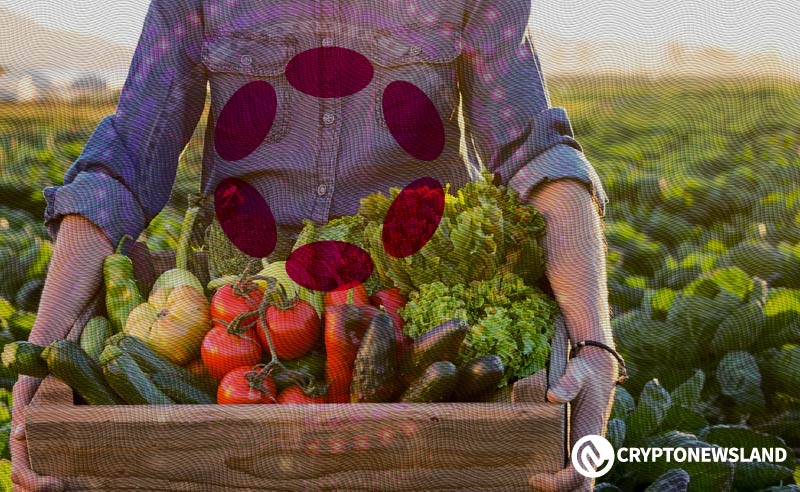- Blockchain transforms agriculture, as Agrotoken plans a Polkadot parachain.
- Agrotoken’s stablecoins backed by actual grains redefine agricultural finance.
- Agrotoken’s Polkadot presence, Visa partnership, and $120M tokenized assets revolutionize farming.
In a groundbreaking intersection of agriculture and blockchain, Agrotoken announces its venture into the Polkadot ecosystem, signaling a transformative era for farming. This move holds significant implications for the next generation of agribusiness.
Specifically, Agrotoken emerges as the pioneer global infrastructure for tokenizing agricultural commodities, including soybeans, corn, and wheat. This innovation opens avenues for farmers and businesses to seamlessly trade, save, invest, and transact with their agricultural production, envisioning a future where trading grains mirrors the simplicity of stablecoin transactions.
In detail, Agrotoken stablecoins introduce a novel concept where their value is collateralized by actual grains. This unique tokenomics ensures that each token directly mirrors its real-world counterpart, bringing stability and authenticity to the digital representation of agricultural assets.
Agrotoken’s versatility extends to various use-cases, including Agrotoken-backed Visa cards, hedging against hyperinflation, collateral for loans, and even facilitating digital barter for agricultural supplies. The collaboration with Visa aims to streamline payment processes, providing a tailored solution for token holders and merchants alike.
As a parachain on Polkadot, Agrotoken guarantees secure, on-chain transactions, ensuring full transparency from farm to token. The project emphasizes collaboration within the Polkadot ecosystem, inviting partnerships with other projects for diversified product development.
Already active in major commodity markets like Argentina and Brazil, Agrotoken has tokenized assets exceeding $120 million. The ambitious plan includes expanding into the United States by 2024. Agrotoken envisions redefining agribusiness for the modern era, prioritizing transparency and equity as the agricultural landscape enters the digital age.

